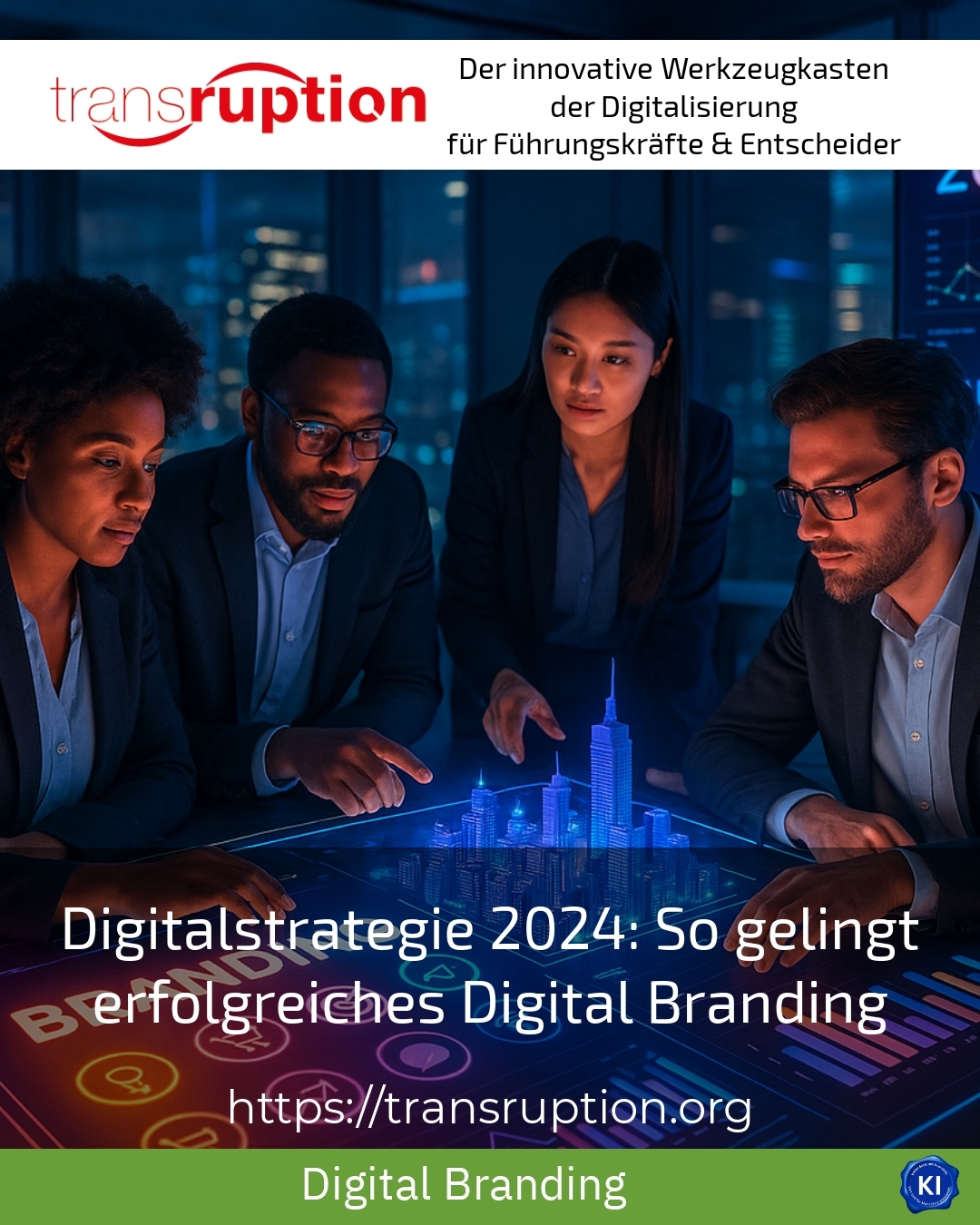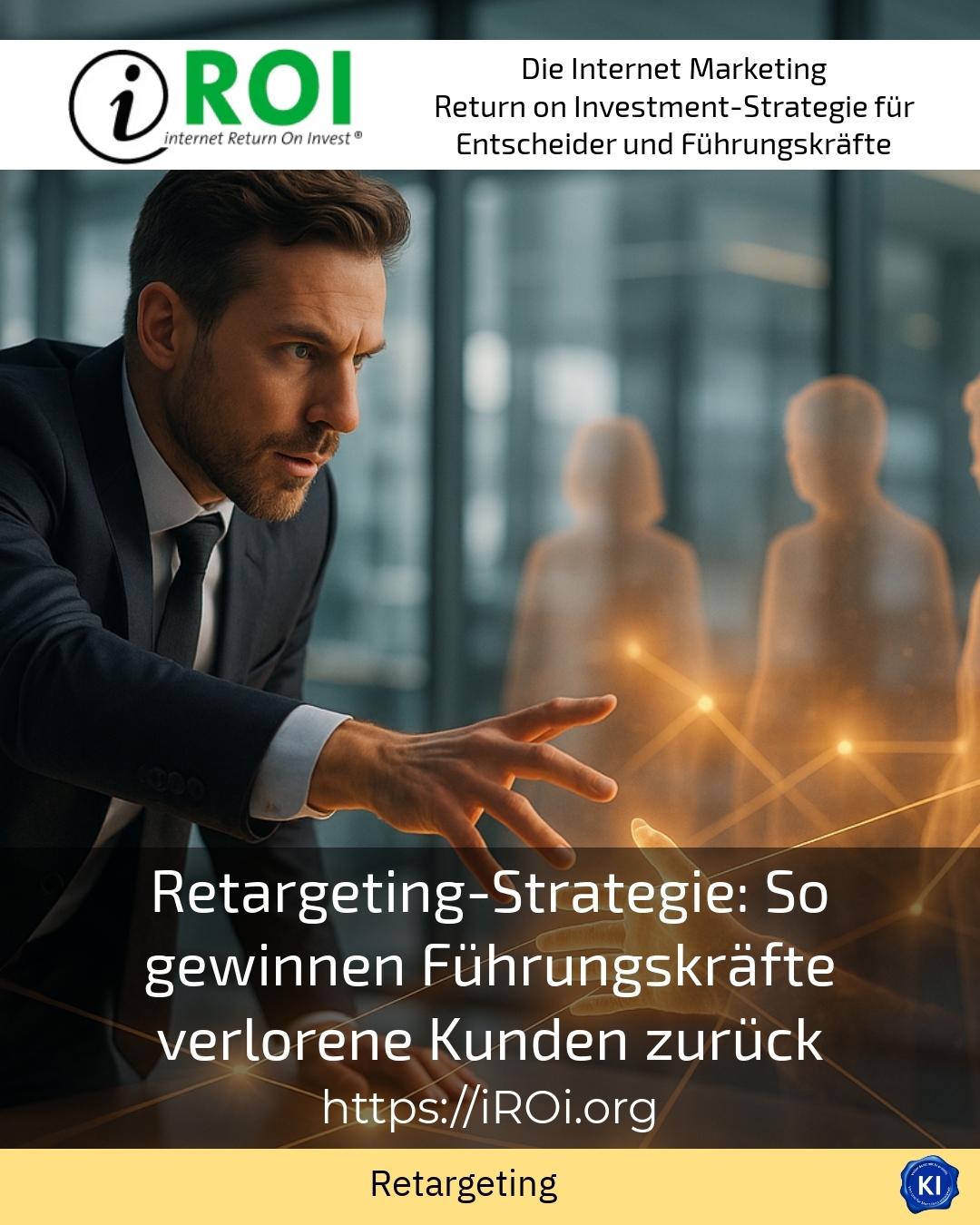Why a retargeting strategy is relevant for managers
Winning back lost customers is a challenge for many managers. This is why the retargeting strategy plays an important role today. It makes it possible to retarget already interested users and thus increase the chances of a return. The retargeting strategy helps to cost-effectively bring customers back into the purchasing process.
Managers often come to me with questions about how they can systematically win back lost contacts. The retargeting strategy offers concrete approaches and practical tools for this, which have already been tried and tested many times in digital marketing.
Key elements of a successful retargeting strategy
Firstly, it is important to define clear goals for the retargeting strategy. This can be to reduce shopping basket abandonment or to reach visitors who have only viewed individual product pages without making a purchase. This accuracy supports efficiency and makes the retargeting strategy so valuable for companies.
Another component is the segmentation of the target group. Users are divided according to their behaviour, for example based on the time they spend on the site or whether they have already visited the website several times. These segments help to tailor the retargeting strategy precisely to the needs of the users.
The personalisation of ads is also important for the effectiveness of the retargeting strategy. Dynamic advertising, for example, shows precisely those products that the user has previously viewed. This creates a customised impulse for interested parties to return. Promotions such as discounts or time-limited offers are also proven tools within the retargeting strategy.
The use of different types of retargeting in practice
There are various methods for the retargeting strategy. Standard retargeting shows general adverts to users who have visited the website on other pages on the Internet. This is considered a basic strategy to strengthen user recall.
Dynamic retargeting supplements this with the targeted display of individual products. This form has proven to be particularly effective, as it picks up users where their interest lies. Studies show that dynamic retargeting increases conversion rates by up to 50 per cent.
Search engine retargeting is another variant in which people who have searched for relevant products or services in search engines are targeted. This form of retargeting strategy creates a direct link to users' active searches.
How the retargeting strategy supports different industries
In the consumer goods industry, the retargeting strategy reduces the cancellation rate for online orders. Many companies report that users complete their purchase decision after being targeted by personalised ads.
In the service sector, the retargeting strategy helps to remind potential customers of individual consultation appointments. This is often implemented using email and display adverts in conjunction with dynamic content.
The retargeting strategy has also established itself in e-commerce. Here, customised product ads and reminder campaigns support long-term customer loyalty and increase sales.
BEST PRACTICE at company XYZ (name changed due to NDA contract) The retargeting strategy was used to target users who left goods in the shopping basket with discounted, dynamically adapted adverts. This approach led to a significant increase in completion rates within a few weeks. The combination of personalised offers and targeted timing ensured success.
BEST PRACTICE at company XYZ (name changed due to NDA contract) In the B2B area, the retargeting strategy was based on visits to product detail pages without an offer being requested. Many leads were reactivated through segmented campaigns with specialised content and product videos. The measure supported the sales team in following up valuable contacts.
BEST PRACTICE at company XYZ (name changed due to NDA contract) A company in the education sector used the retargeting strategy to send targeted reminder campaigns to interested parties who had registered for training courses but not made a booking. The increased feedback in customer service shows how retargeting impulses promote the decision-making process.
Support through professional assistance with the retargeting strategy
The retargeting strategy offers great opportunities, but its use requires experience and sensitivity. Many managers report that they would like support in implementing the strategy optimally and tailoring it to their own target group.
Support from experienced coaching can provide impetus on how to design, monitor and adapt an effective retargeting strategy. The project is not only implemented technically, but the strategic planning is also closely monitored.
Clients often report that they gain more clarity through this support - for example in target group segmentation or the creation of customised advertisements - and thus become more successful in winning back customers.
My analysis
The retargeting strategy is a central building block for winning back lost customers. It combines digital possibilities with a precise approach that is orientated towards the individual interests of users. Clearly defined goals, careful segmentation and creative, personalised ads can measurably increase success.
From a management perspective, it is advisable not to consider the retargeting strategy in isolation, but to seek professional support. In this way, optimal results can be achieved and the investments utilised in the best possible way.
Further links from the text above:
[1] Retargeting marketing: strategies to maximise your campaigns
[2] Maximising Your Marketing Efforts: How to Use Retargeting Effectively
[4] Retargeting strategies to bring consumers back into the buying process
[5] What is retargeting? Simply explained - SEOpt
For more information and if you have any questions, please contact Contact us or read more blog posts on the topic TRANSRUPTION here.
















